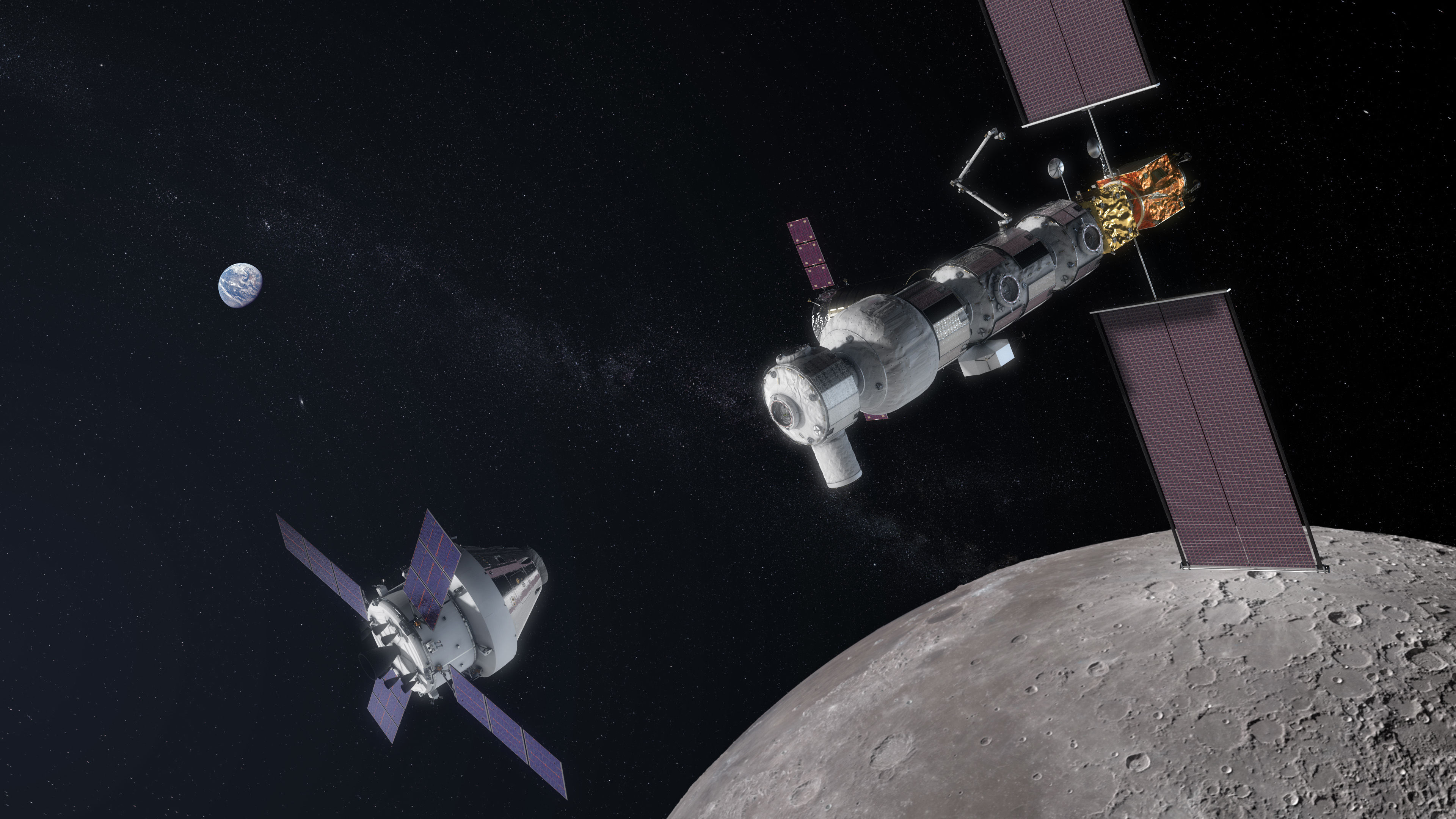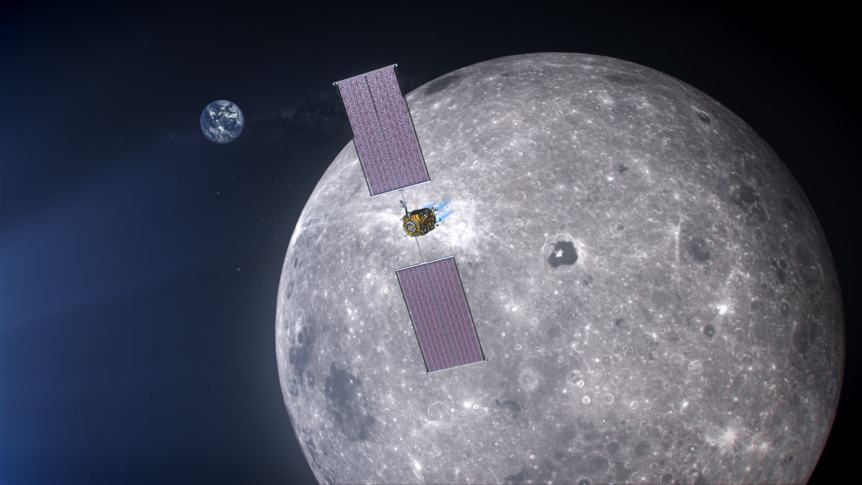Create a free profile to get unlimited access to exclusive videos, sweepstakes, and more!
We’re building that lunar gateway, and this is exactly how NASA is going to do it

NASA’s Artemis mission (not to mention missions that eventually use the moon as a launch pad to Mars) isn’t going to be possible without the Lunar Orbital Platform-Gateway, but how is the Gateway itself going to come into being?
The space agency has a plan to get the Gateway up and floating if Artemis is going to land by the government’s new deadline of 2024. It’s not going to be glamorous when it first goes into lunar orbit. What will be there at first is the skeleton of the Gateway, or the Power and Propulsion Element (PPE), along with a mini “utilization module,” launching in 2022. At least NASA is positive that the Phase 1 Gateway will be able to support two-person missions to the surface until it can level up some more.
"The smaller Gateway is really just geared toward getting to the surface of the moon, so it has minimal life-support capability, it has minimal docking ports," said Bill Gerstenmaier, associate administrator for NASA’s Human Exploration and Operations Mission Directorate, during a recent teleconference. "We really need a little bit more space, a little more volume. So we'll probably want some additional docking ports for other things, so we can have potentially multiple lunar landers dock there."
When Phase 1 evolves into Phase 2, additional ports could be a genius move if the Gateway ends up functioning as a way station for spacecraft to refuel. The larger version will be ideal for fitting in more research, not to mention more room for the crew to move around, since spacecraft aren’t exactly known for having luxury accommodations. This is going to be a plus for future Mars missions—we can’t expect to go it alone, so there needs to be extra space for NASA’s international partners.
For comparison, the ISS has more living space than a six-bedroom house. It’s obviously exceptional when it comes to spacecraft being notoriously cramped.
NASA Administrator Jim Bridenstine stressed that the Gateway is not intended to be ISS v. 2.0 for the moon. Expanding it that much would suck way too many resources from Martian missions to come, and while NASA wants boots back on the moon, it also wants to see human tracks move on to Mars.
"We as a nation do not want to get bogged down, with all of our resources going to the moon," Bridenstine said in a recent Florida Institue of Technology webcast. "Our goal is ultimately to move on to Mars and not get stuck on the surface of the moon."
Let’s get to the surface of the moon first.
(via Space.com)















